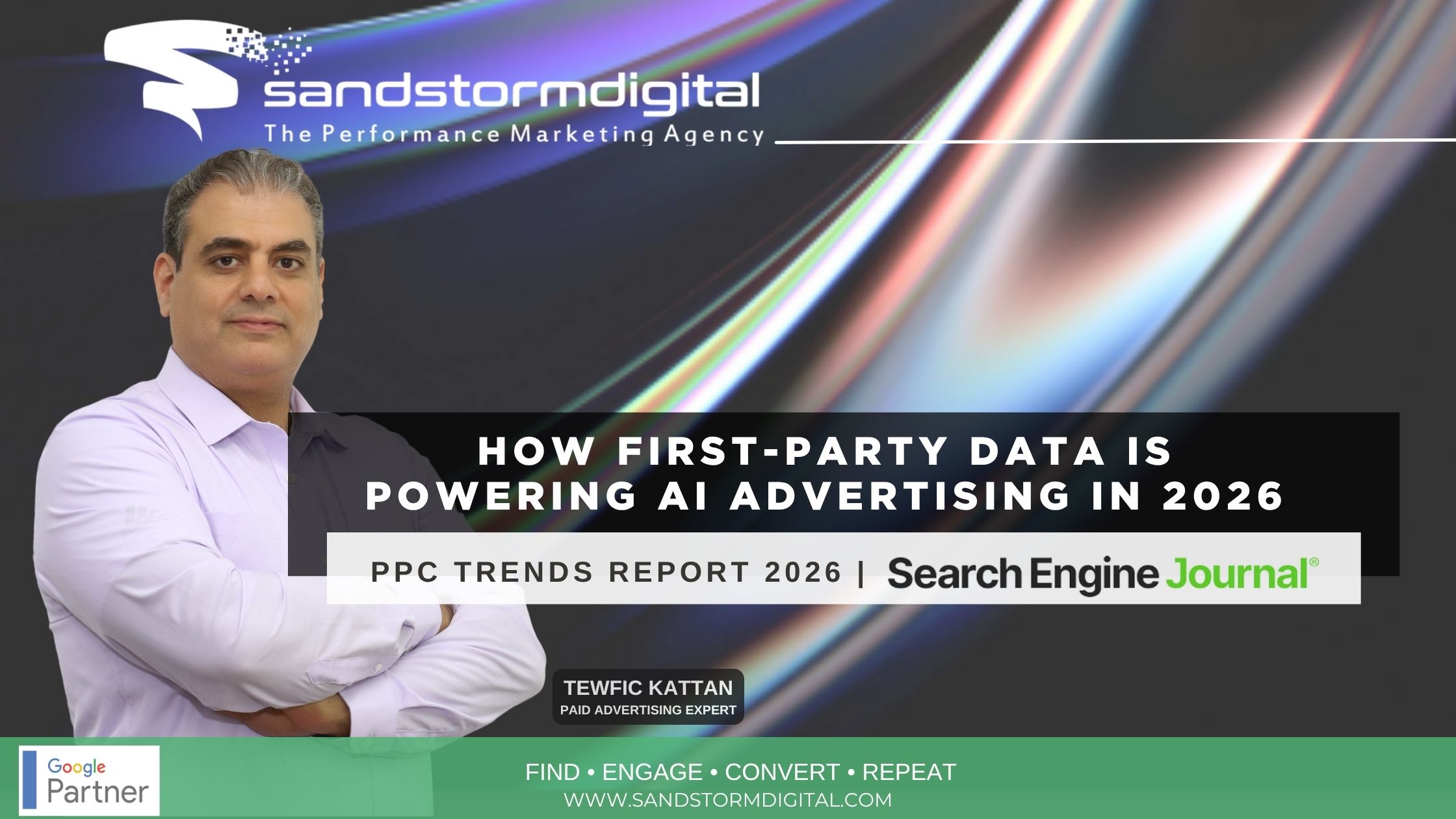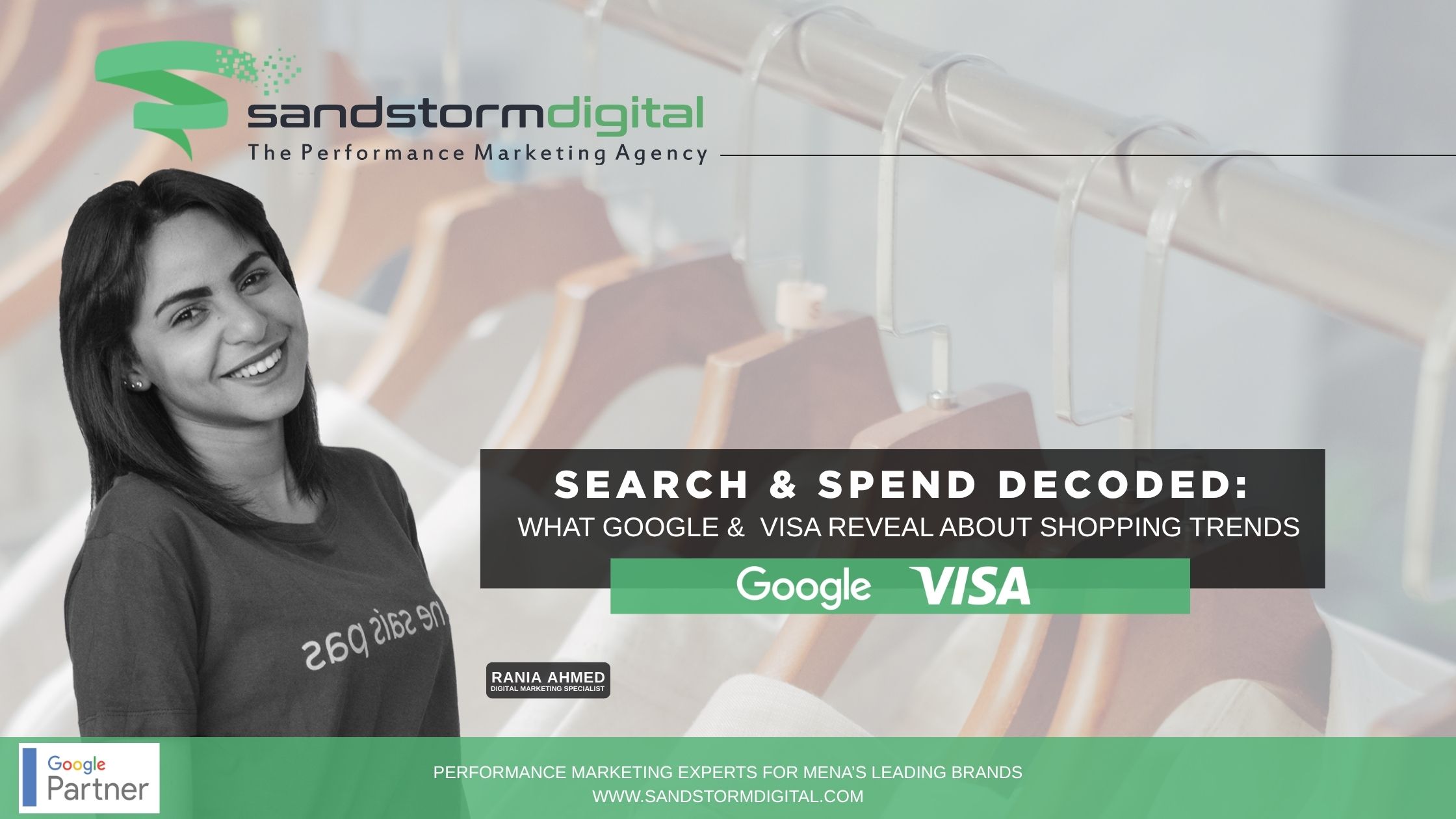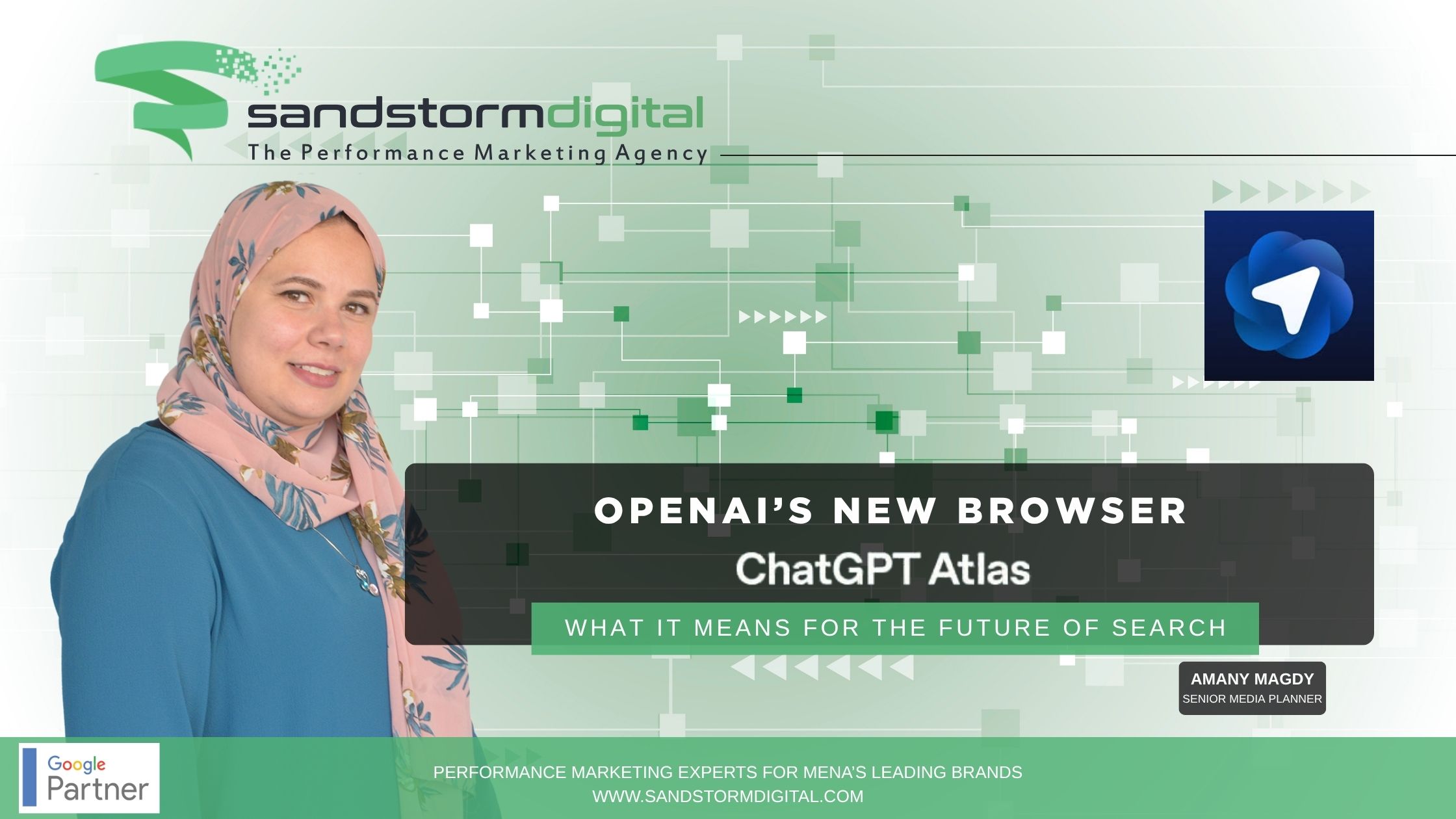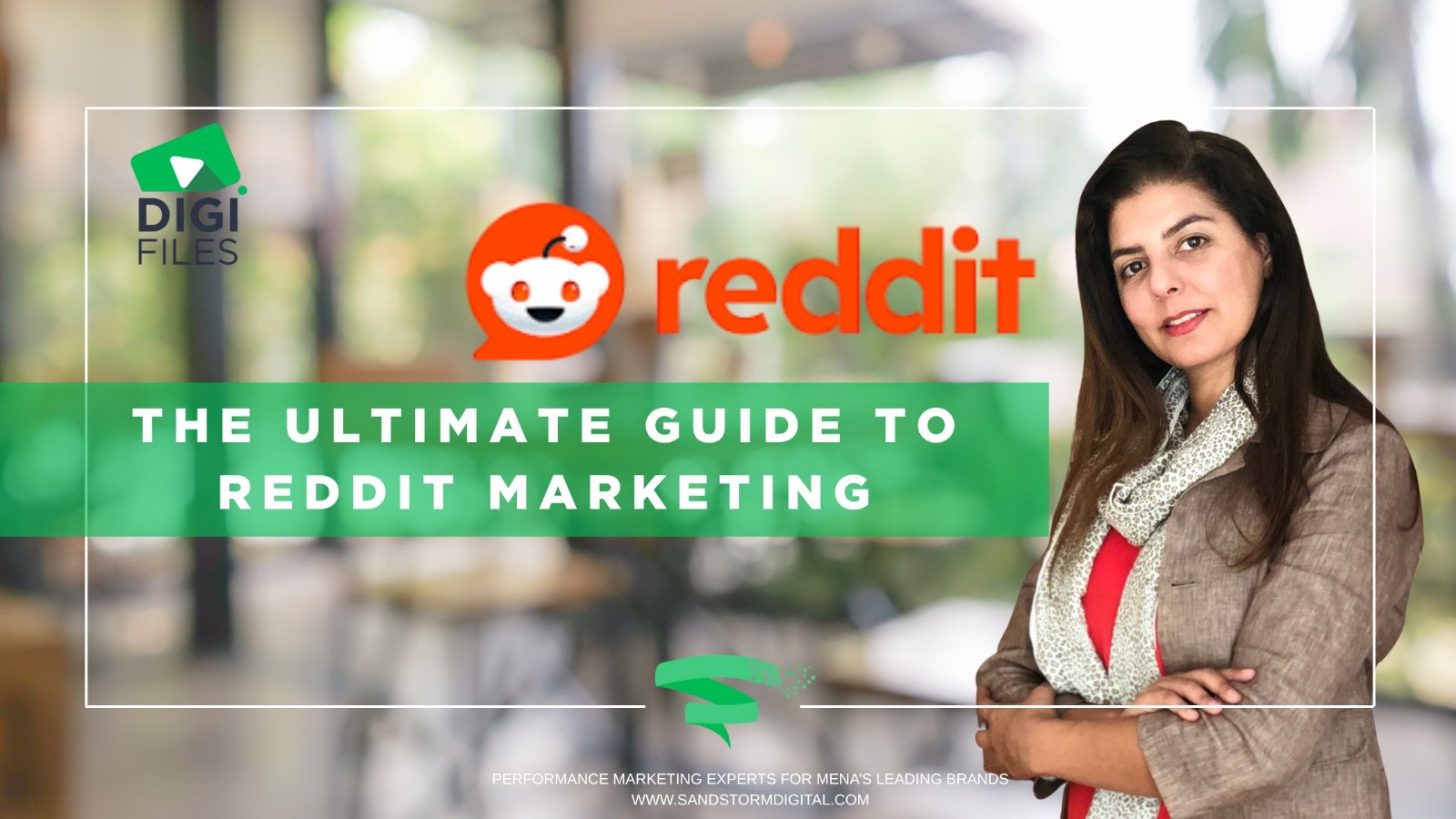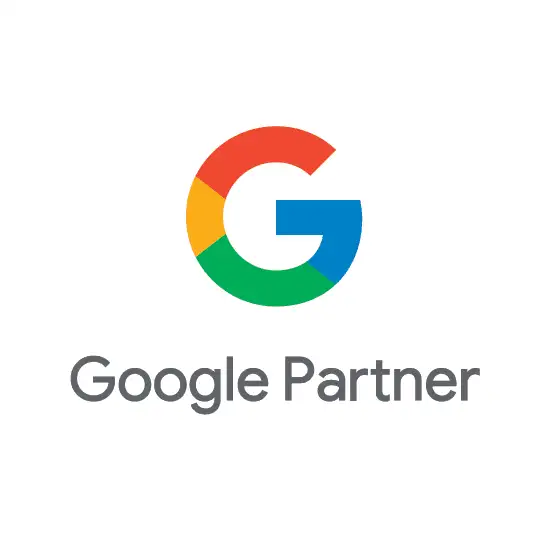The Search Engine Journal’s PPC Trends 2026 report makes one thing clear: AI is no longer a buzzword in digital advertising, it’s the foundation of modern PPC strategy.
From Google’s Performance Max and Demand Gen campaigns to Microsoft’s Copilot tools, automation now drives nearly every aspect of paid media.
But as AI takes over campaign management and creative production, advertisers face a new challenge: how to maintain control, measure results accurately, and keep campaigns authentic.
The answer? First-party data; the single most important PPC asset for the AI-first era.
1. AI Has Redefined PPC Workflows
According to industry experts like Navah Hopkins (Microsoft) and Brooke Osmundson (Smith Micro Software), AI tools are now essential at every stage of the campaign process.
Marketers are using automation to:
- Generate ad copy, headlines, and images.
- Optimize bids and placements with smart algorithms.
- Analyze large performance datasets in minutes, not hours.
However, the report warns that AI without strategy is just noise. The most successful advertisers blend automation with human expertise, letting AI do the heavy lifting while humans provide context, oversight, and creative direction.
2. Maintaining Visibility in a Black-Box World
As Google consolidates its campaign types, advertisers are losing granular control, fewer keyword-level insights, less visibility into queries, and limited reporting.
Yet, marketers can still influence AI performance through strong data signals and clear conversion strategies.
The report suggests:
- Consolidating conversion data for smaller accounts.
- Using offline and consent-based conversions to teach AI the right audience behaviors.
- Treating automation as a “partner” that learns from your data, not as a replacement for it.
As Jyll Saskin Gales puts it:
“You can’t control every keyword anymore — but you can control your data, your creative, and your goals.”
Jyll Saskin Gales
3. First-Party Data: The New Oil of PPC Advertising
With third-party cookies disappearing and privacy regulations tightening, advertisers are finally embracing first-party and zero-party data as the foundation for durable measurement and targeting.
The report emphasizes:
- First-party data (from your CRM, call tracking, or website analytics) fuels smarter bidding and targeting.
- Zero-party data (user-provided preferences and interactions) personalizes ad experiences ethically.
- Tools like call tracking help businesses collect and analyze these insights to future-proof campaigns.
As Jyll Saskin Gales explains:
“If the influx of AI tools is the new oil rush, first-party data is the new oil.”
This shift means success in 2026 isn’t about perfect attribution, it’s about building privacy-safe, data-rich systems that empower your AI to make better decisions.
4. Generative AI and the Creative Revolution
Generative AI is transforming how marketers approach ad copy, creative testing, and visual production.
AI can now generate hundreds of ad variations in seconds, but speed isn’t everything.
Experts agree that:
- AI excels at ideation and testing, not final copywriting.
- Human oversight is essential to preserve brand authenticity and emotional resonance.
- Hybrid creative workflows, where AI drafts and humans edit, deliver the best results.
5. The Path Forward: Human + AI Synergy
The 2026 PPC landscape rewards marketers who embrace AI as a collaborator, not a replacement.
To thrive:
- Invest in first-party data collection and integration.
- Use AI tools for optimization, ideation, and analysis, not strategy.
- Maintain authenticity through human-guided creative.
- Build durable measurement systems that adapt to privacy shifts.
Ultimately, the key to future-proof PPC success is balance between automation and intuition, data and creativity, scale and personalization.
Finally,
AI is changing the rules of PPC, but data remains the foundation.
In 2026, the brands that win won’t be those who automate the most, they’ll be the ones who feed their AI the smartest data, guided by human insight.
If you’re not already investing in your first-party data strategy, now’s the time.

